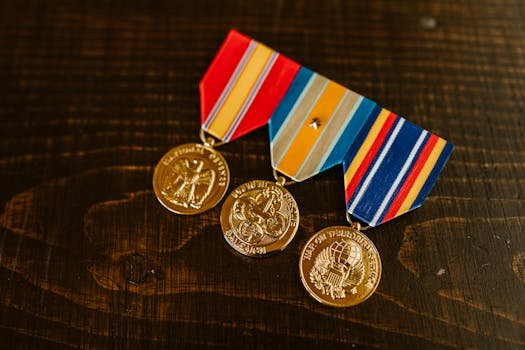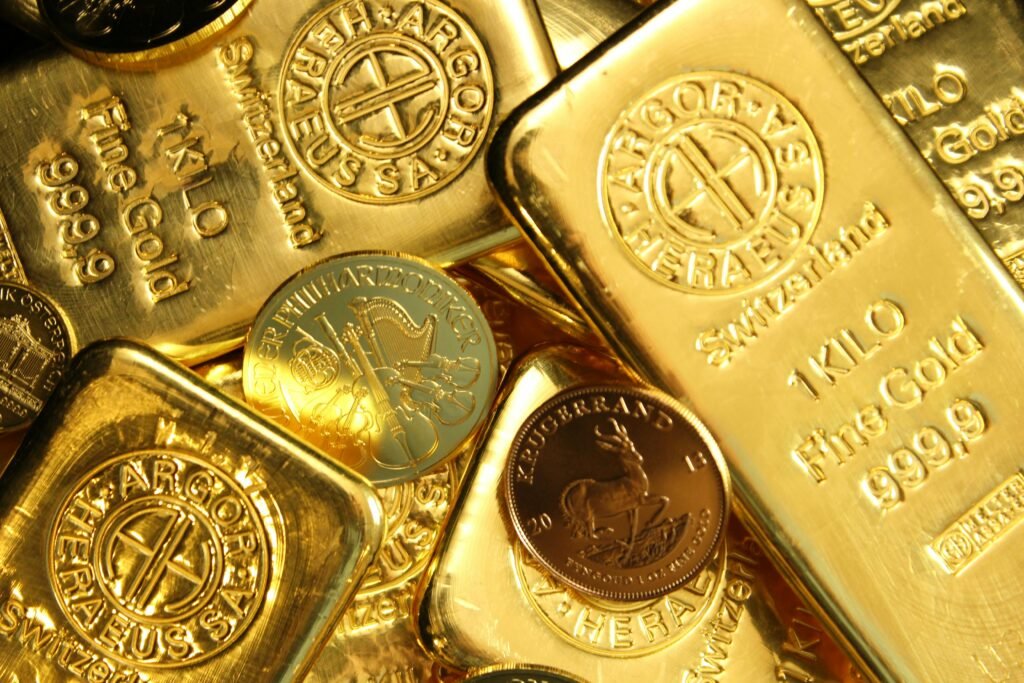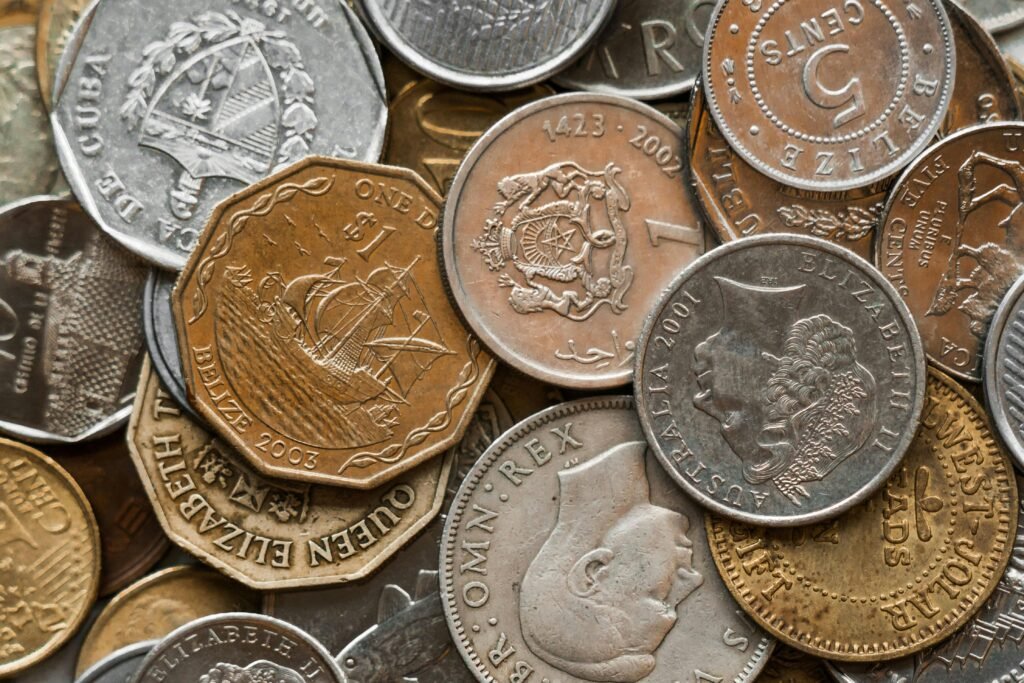When Exonumia Commands a Collector’s Premium
Collecting doesn’t end at coins. Exonumia—the broad universe of medals and tokens—captures the people, places, and side-stories that official coinage leaves out. From Civil War store cards struck when US small change vanished, to World’s Fair medals that marked technological leaps, these pieces can be historically richer than many government coins. The big question for buyers is simple: when do medals and tokens command real money—and when are they just curios? This specialty guide explains definitions, categories, valuation drivers, high-value niches, grading, authenticating, where to buy, and how to build a focused collection. You’ll learn how medals tokens value is determined in practice, plus honest reality checks on liquidity and pricing so you don’t overpay.
Introduction: Beyond coins—the world of exonumia
Exonumia (literally “outside the coinage”) includes medals and tokens—items that look like coins and circulate in similar spaces (dealers, auctions, collector forums) but were not issued as legal tender by a sovereign for day-to-day payments. The category is massive. A single show table might jump from a named WWI gallantry medal to a Nevada mining camp token, then to a 1904 St. Louis World’s Fair award medal—each with distinct collectors, pricing logic, and provenance standards. That breadth is both the appeal and the trap: value ranges from a few euros to six figures, and liquidity is uneven.
Where standard coin pricing often follows mintage, grade, and demand for a defined series, exonumia pricing layers in local history, designer reputation, named provenance, surviving paperwork (citations, cases, ribbons), and niche collector bases. Two nearly identical-looking medallions can diverge wildly in price because one has a documented recipient or ties to a headline event, while the other is anonymous. For exonumia collecting, think like a historian: verify who, where, why, and when—and bring those facts to the negotiation. Done right, you’re not just buying metal—you’re preserving a primary source.
Defining the categories
Medals: commemorative, awarded, decorative (no face value)
Medals are non-denominated pieces issued by governments, mints, organizations, fairs, or private engravers to commemorate events, reward achievement, or promote art. They range from mass-market souvenir medals to finely engraved art medals by renowned sculptors. Key subtypes:
- Military/service medals: campaign, gallantry, long service; often with ribbons and named/numbered edges.
- Award medals: education, science, industry; may include engraved recipient names.
- Commemoratives & art medals: historical figures/events; limited runs; sometimes by star designers (think Art Nouveau masters).
Value levers: designer, metal (gold/silver), provenance, and condition (including intact ribbons/cases).
Tokens: privately issued, functional substitutes
Tokens look like coins but are private-issue: merchant change, transit fare, gaming/casino checks, telephone or tax tokens, and “Good For” pieces redeemable for goods/services. During shortages (e.g., US Civil War), tokens filled the gap, creating rich, localized series. Value levers: scarce merchants/locations, era (Hard Times 1830s, Civil War 1860s), materials (even porcelain, leather, wood), and survival rates.
Distinction from coins (legal tender vs not)
Coins are legal tender with a face value, issued by a sovereign authority. Medals and tokens are not legal tender, even if struck at official mints. That legal line drives differences in collecting bases, cataloging, and (often) liquidity.
Why “exonumia” matters
“Exonumia” helps you sort dealers, catalogs, and communities. Pricing guides, grading standards, and counterfeit patterns differ from coins. Knowing the term ensures you’re searching the right references and auction categories when assessing medals tokens value.
Types of medals
Military and service medals
A top driver of collector premium medals is valor. Decorations tied to documented acts—especially named and attributed sets with service records—can sell for multiples of otherwise identical, unnamed pieces. Campaign and long-service medals also carry steady demand when recipients or units are historically notable. Condition includes more than the planchet: original ribbons, clasps/bars, and boxes matter.
Award, commemorative & art medals
Industrial exhibitions, universities, academies, and mints issued award medals to honor achievement—often engraved to a specific person or firm. Commemoratives memorialize rulers, bridges, railways, or centennials; art medals focus on sculptural excellence. Premiums cluster around renowned engravers (e.g., Mucha, Lalique), compelling iconography, and scarce mintages. A strong design pedigree can turn a base-metal medal into a four-figure artwork.
Exposition & religious medals
World’s Fairs (e.g., 1893 Columbian, 1904 St. Louis) produced deep, cataloged medal sets with active followings; complete series and rarities command serious money. Papal and religious medals travel a parallel lane with dedicated audiences, where history, papal reign, and craftsmanship set prices.
Types of tokens
Trade & merchant tokens
Issued by local businesses (“Good For 5¢ In Trade”), company stores, and remote camps, these map economic history. Scarcity spikes for ghost towns, frontier mining camps, or short-lived businesses. A tiny, obscure merchant can outprice a famous city token if few survive. This is classic merchant tokens worth territory.
Transportation, gaming, telephone & tax tokens
Transit tokens document vanished systems (streetcars, ferries). Casino tokens can be highly collected by property/era, particularly obsolete denominations or designs. Telephone & tax tokens tell policy stories—often inexpensive but highly completable for themed sets, with occasional rarities.
Civil War, Hard Times & specialty series
Hard Times (1830s–1840s) and Civil War tokens (1861–1865) are exonumia pillars with robust scholarship, variety lists, and loyal buyers—ideal if you want clear structure and active price discovery. Errors, die varieties, and unusual materials bring extra premium. If you’re searching civil war tokens specifically, start with Fuld’s references.
Historical significance and collecting appeal
Exonumia often carries granular stories that coins can’t: a merchant’s exact street address, a dated exposition, a medal named to a soldier. That’s why provenance and documentation supercharge value. Many pieces were short-run by nature—awarded once, used locally, or issued for events—so survival rates can be far lower than coin series. The best strategy is to collect themes (railways of your city, tokens from mining states, medals by a specific engraver) to build expertise and outcompete generalists.
When medals command premiums
What pushes medals into four or five figures
- Valor & rarity: Decorations for conspicuous bravery (e.g., nationally significant awards) with documented citations.
- Named attribution: Recipient’s name/number and a paper trail (service record, presentation case).
- Historical heft: Major events, famous personalities, turning points.
- Design pedigree: Works by famous medallists; superior reliefs, art-medal quality.
- Metal content: Gold and large silver pieces set a high floor (precious-metal melt).
- Condition & completeness: Original ribbon, bar clasps, case; unimpaired surfaces.
Rule of thumb: Two visually identical medals can price 2–10× apart if one is named and documented and the other is not.
When tokens command premiums
Why some tokens are surprisingly expensive
- Scarce merchants/locations: One-store towns, short-lived camps, “ghost town” issues.
- Materials & oddities: Porcelain, wood, leather, vulcanite; trial strikes and errors.
- Historic crises: Civil War tokens (emergency small change), Hard Times political types.
- Completeable sets: State-by-state or city series where advanced collectors chase every die marriage.
Pricing favors rarity + story: a mundane design from a vanished railroad depot may beat a flashy city token because finite collectors fight for it.
Valuation factors
What actually sets medals tokens value? Use this hierarchy.
- Rarity & survival: Known population matters more than “mintage.”
- Demand: Is there an active collector base (e.g., Civil War tokens) or just sporadic interest?
- Provenance & documentation: Named medals, merchant histories, exhibition catalogs.
- Condition & completeness: For medals, ribbons/boxes; for tokens, problem-free surfaces and strong strikes.
- Metal: Gold/silver set a price floor; bronze relies more on history/design.
- Design/artist: Recognized engravers and compelling art lift bids.
Valuation quick table
| Factor | Impact | Why it moves price |
|---|---|---|
| Named medal / provenanced token | Very high | Personal history attaches; unique narrative |
| Series with active registries (e.g., Civil War tokens) | High | Competitive set building |
| Precious metal content | Medium–high | Melt floor + collectibility |
| Condition & completeness | Medium–high | Medals with original ribbon/case price stronger |
| Obscure but documented locality | Medium | Niche demand, few survivors |
Grading medals and tokens
Similar—but less standardized—than coins
Expect MS/AU/XF/EF style language, but with more emphasis on:
- Strike & relief (high-relief medals often show friction on peaks even as-issued)
- Surfaces & luster (matte vs glossy finishes; hairlines from mishandling)
- Mounting or cleaning (mount marks, solder traces, polished fields)
Third-party grading exists—NGC certifies many medals and some tokens; specialized holders for large medals are common. For delicate ribbons and cases, graders evaluate overall originality.
Tip: A “nice AU” with original ribbon can beat a raw “Mint State” medal that was polished and stripped of its case.
High-value categories
- Military valor medals: With paperwork and recipient attribution, prices can reach $100k–$1M+ for elite awards. Even common-type service medals rise fast when named to a decorated individual or celebrated unit.
- Olympic medals: Provenanced examples (especially famous athletes) have realized six and seven figures at auction.
- Presidential & political medals: High-relief, famous engravers, or presentation pieces draw strong interest.
- World’s Fair medals: Scarce award classes and large silver/gold formats are leaders in this niche.
- Art medals (Art Nouveau/Renaissance): Named artists (e.g., Mucha, Lalique), limited strikes, and exceptional artistry command thousands to tens of thousands.
Niche collecting areas
- Hard Times (1830s–1840s) & Civil War tokens (1861–1865): deep scholarship, defined varieties, active markets—ideal for study and steady liquidity.
- Masonic/fraternal, brothel/red-light tokens: spicy social history; verify authenticity and beware reproductions.
- Mining/gold-rush tokens: Western Americana with passionate followings; localized rarity rules.
- “So Good For” trade tokens: build geographic sets; scarcity clusters by town and time.
Market and liquidity
Exonumia’s market is smaller than coinage, so you must buy well. Top material (valor medals, scarce merchants, documented pieces, big-name artists) sells briskly through specialist dealers and major auctions. Common pieces with light stories can be slow movers. Pricing guides exist but are less comprehensive than for coins; lean on auction archives, specialist forums, and societies to triangulate values before bidding. Markets are thinner; study liquidity before buying.
Research and authentication
- Core references: Rulau (US and world tokens), Schenkman (Hard Times), Fuld (Civil War tokens).
- Databases: TokenCatalog.com and society archives; museum/auction catalogs.
- Authentication challenges: Counterfeits are rarer than with coins but do exist—especially for famous military medals, Olympic medals, and valuable merchant rarities. Confirm engraving styles, edge markings, dies, and materials; beware of modern restrikes sold as originals. Tokens/medals have different tells—check the fraud checklist.
Precious metal content
- Gold medals: Often .900–.9999 gold; intrinsic value can be substantial and provides a floor.
- Silver medals: .900–.999 silver common; large pieces have meaningful melt.
- Bronze/brass: Minimal melt—value is almost entirely collector demand.
Be careful: melting a medal with niche collector demand can destroy more value than the metal is worth. Always check collector markets first.
Building a medals/tokens collection
Pick a lane and specialize. Approaches that work:
- Thematic: Military air services 1914–1945; World’s Fair awards; Art Nouveau medals by specific designers.
- Geographic: Tokens of your state, city, or region; mining districts; railroad towns.
- Type collecting: One representative of each major exonumia category to learn, then narrow.
Budgeting: Entry-level exonumia can be €10–€100; serious named medals or rare tokens often range €500–€5,000+; headline pieces can be five to seven figures. Build a research fund (books, society dues) into your budget. Unusual pieces may shine at the right auction.
Where to buy
- Specialist dealers: The fastest route to quality and accurate attributions.
- Auctions: Heritage, Stack’s, Spink, Dix Noonan Webb (militaria/exonumia sales).
- Coin shows: Most major shows include exonumia dealers; ask for the exonumia row.
- Online marketplaces: eBay and portals are workable with rigorous research; insist on clear photos, return rights, and provenance.
- Antique shops/estates: Occasional finds, but verify authenticity and condition carefully.
Storage and display
Treat medals and tokens like coins—inert flips, capsules, or trays—but account for ribbons, bars, and cases:
- Store ribbons away from UV and in acid-free materials; avoid compression that creases fabric.
- For heavy/large medals, use sturdy trays; prevent cabinet friction that causes rub on high relief.
- Maintain a provenance file (photos, citations, prior auction listings)—this can add real money at resale.
Investment potential
Exonumia rewards knowledge and provenance more than casual speculation. Compared with coins, average liquidity is lower, and price discovery is spikier. Best performers:
- Provenanced, named medals of high historical importance.
- Scarce tokens from locales with active regional collectors.
- Art medals by recognized masters in top condition.
Approach the rest as collector history, not a rapid flip. Buy the story you’d be proud to tell.
Notable auction results and record prices (context)
- Olympic gold medals tied to famous athletes have realized $1.4M+ at major auctions.
- Top valor medals with impeccable provenance regularly reach six to seven figures.
- Exceptional tokens (rare merchants/conditions) achieve five figures when advanced collectors compete.
- Art medals from marquee designers can bring thousands to tens of thousands, depending on rarity and condition.
Societies and resources
- Token and Medal Society (TAMS) – scholarship, journals, networking.
- Civil War Token Society (CWTS) – variety attributions, rarity ratings, market insight.
- Regional exonumia societies – local catalogs and meetups.
- Online forums – communities share attributions, fakes, and realized prices.
Add Rulau, Fuld, Schenkman to your shelf; keep an auction-house bookmarks folder for comps.
Practical comparison: When premiums show up
| Category | What drives premium | Typical premium range |
|---|---|---|
| Named military medal | Attribution + paperwork, significant action/unit | 2×–10× over unnamed examples; five–seven figures at the top |
| World’s Fair award medal | Scarce class, large silver/gold, complete case | €200–€5,000+ depending on class/metal |
| Civil War token | Rare merchant/die, popular variety, condition | €50–€5,000+; key rarities higher |
| Ghost-town trade token | Vanished locality, few survivors | €150–€5,000+ |
| Art medal (Mucha/Lalique) | Designer prestige, artistry, mintage | €500–€10,000+ |
Ranges are indicative; verify against recent auction comps.
Quick-start checklist (buyer protection)
- Define a niche (theme, geography, series).
- Buy references; read before bidding.
- Demand documentation (named medals, merchant histories).
- Examine surfaces (no polish, no mount/solder unless priced as such).
- Ask about returns and authenticity guarantees.
- Record provenance immediately (photos, seller, price, notes).
- Price with comps—search recent auction results.
- Accept liquidity reality—plan to hold quality, not flip marginal pieces.
FAQs
Are medals and tokens easier or harder to sell than coins?
Generally harder—the collector base is more specialized. Top material sells well; common souvenirs can linger.
Does precious metal content guarantee value?
It sets a floor, but the story (provenance, design, scarcity) is what drives premiums. Many bronze medals outprice middling silver pieces.
Do third-party graders certify exonumia?
Yes—NGC is active in medals and some tokens; others appear in major-auction slab programs. Slabbing helps authenticity/acceptance but isn’t mandatory for lower-value items.
What’s the best place to start?
Pick a well-documented series with active collectors: Civil War tokens, Hard Times, or a World’s Fair set. You’ll find references, mentors, and reliable pricing data.



